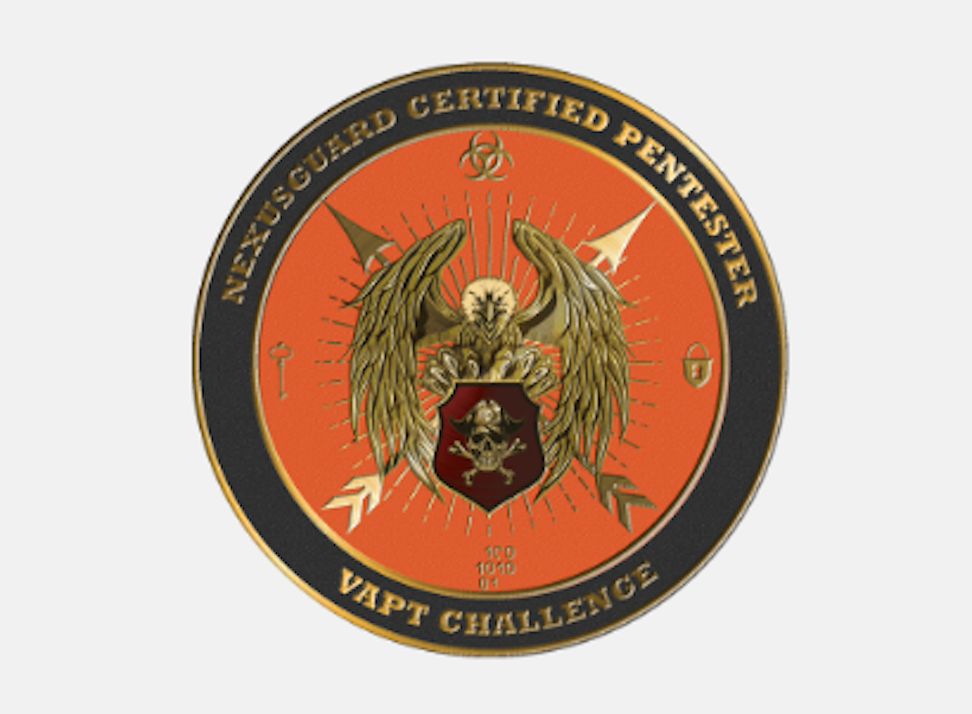Self-manage policy configuration and enforcement with template
Mitigation template contains rule-sets to define the default settings for all configurations that will be used to mitigate perceived threat. Once switched on, these rules are automatically enforced when the threshold values (e.g. upper limits) defined by detection policies are reached. To meet different security needs of CSPs, policies are customizable at network/host levels. On the same platform, the CSP has access to our Portal, functioning as a single-point for management and reporting, to gain real-time traffic visibility, control and attack logs.
Automated abnormality detection and mitigation
By deep-learning method, Nexusguard smart baselining determines an accurate upper and lower threshold value that adapt to the prevailing traffic pattern. Since the threshold values are kept fine-tuned on an ongoing basis, false alarm, alarm fatigue, “alert spamming” and manual tuning of alert rules that error making steps can be reduced. With such detection and mitigation strategies, any malicious or suspicious traffic causing multi-vector attacks directed to L3/4 and L7 layers is effectively scrubbed away not only to prevent consumption of expensive bandwidth, but also to enhance network uptime and availability. Our scalable and agile DDoS protection strategized by cutting-edge detection and mitigation for CSPs is committed to meeting SLAs.
Easy traffic blackholing
To minimize the service impact and avoid collateral damage, blackholing is easily performed via our Portal, considered a last resort to drop all the overwhelming traffic to a host that may cause collateral damage. In other words, Infrastructure Protection that minimizes the risk of collateral damage by blackholing is a form of cyber insurance that allows you to transfer security risks to a third-party vendor.
24x7 SOC support (managed service)
InfraProtect can be delivered as a managed service. Nexusguard’s 24x7 SOC keeps monitoring traffic, responds to and mitigates attacks, provides threat warnings, as well as detailed incident reports. This service is considered outsourced in the way that frees your IT team from firefighting and thus to reduce outage-related helpdesk costs.








